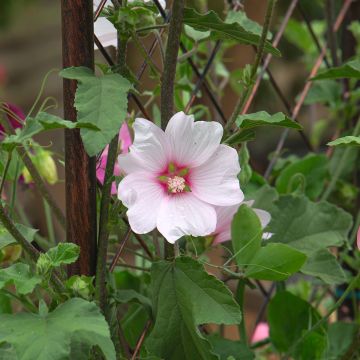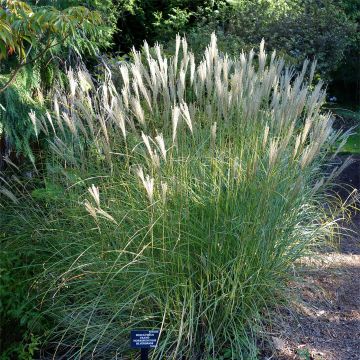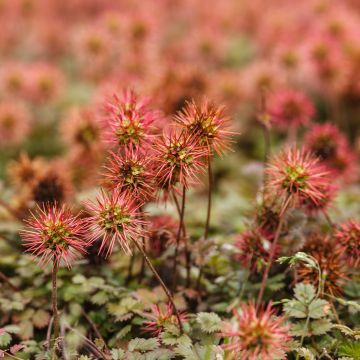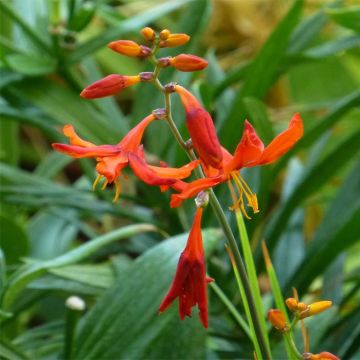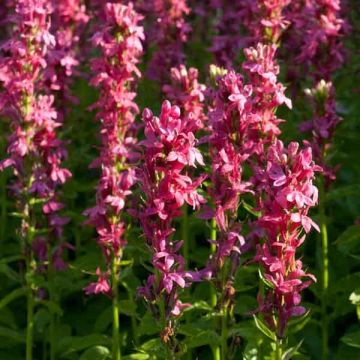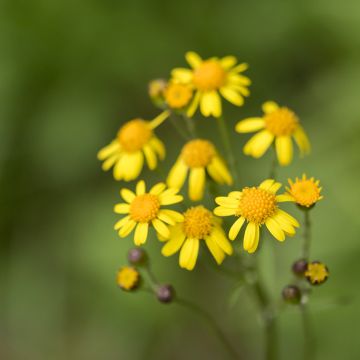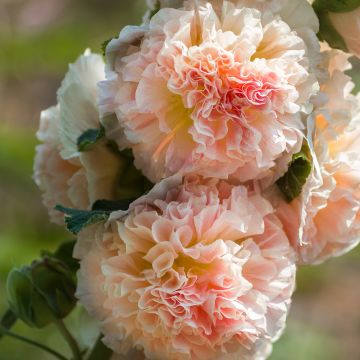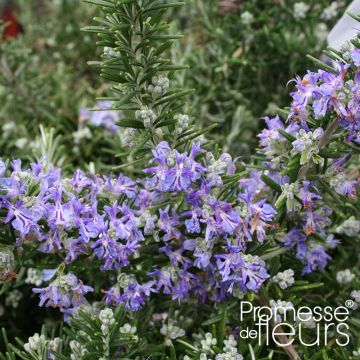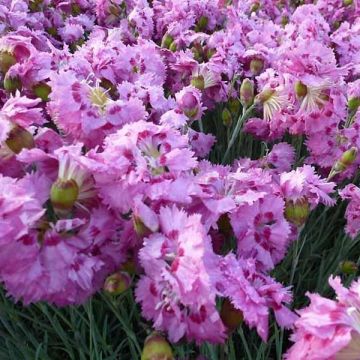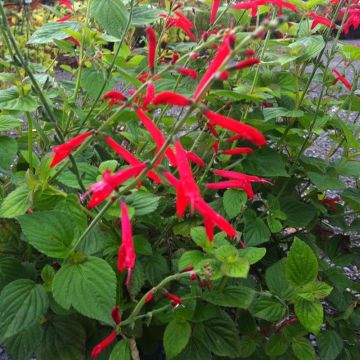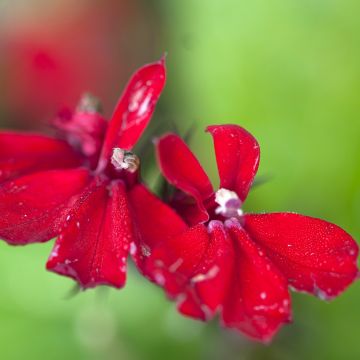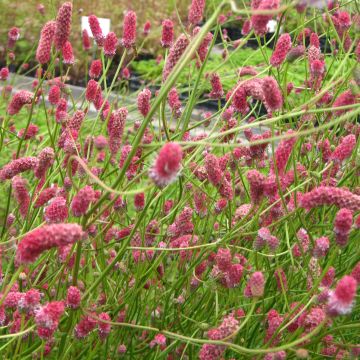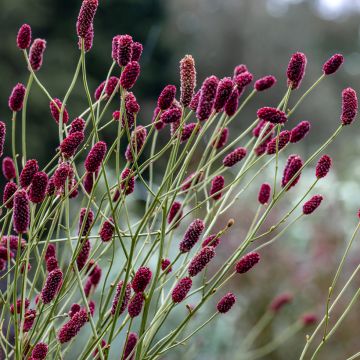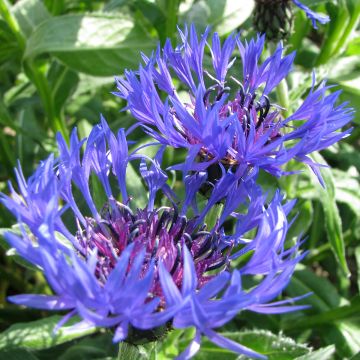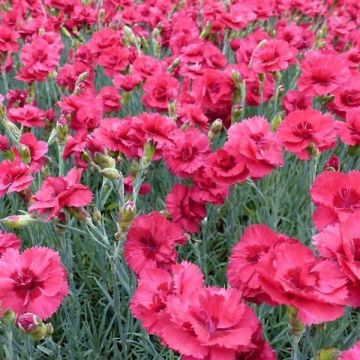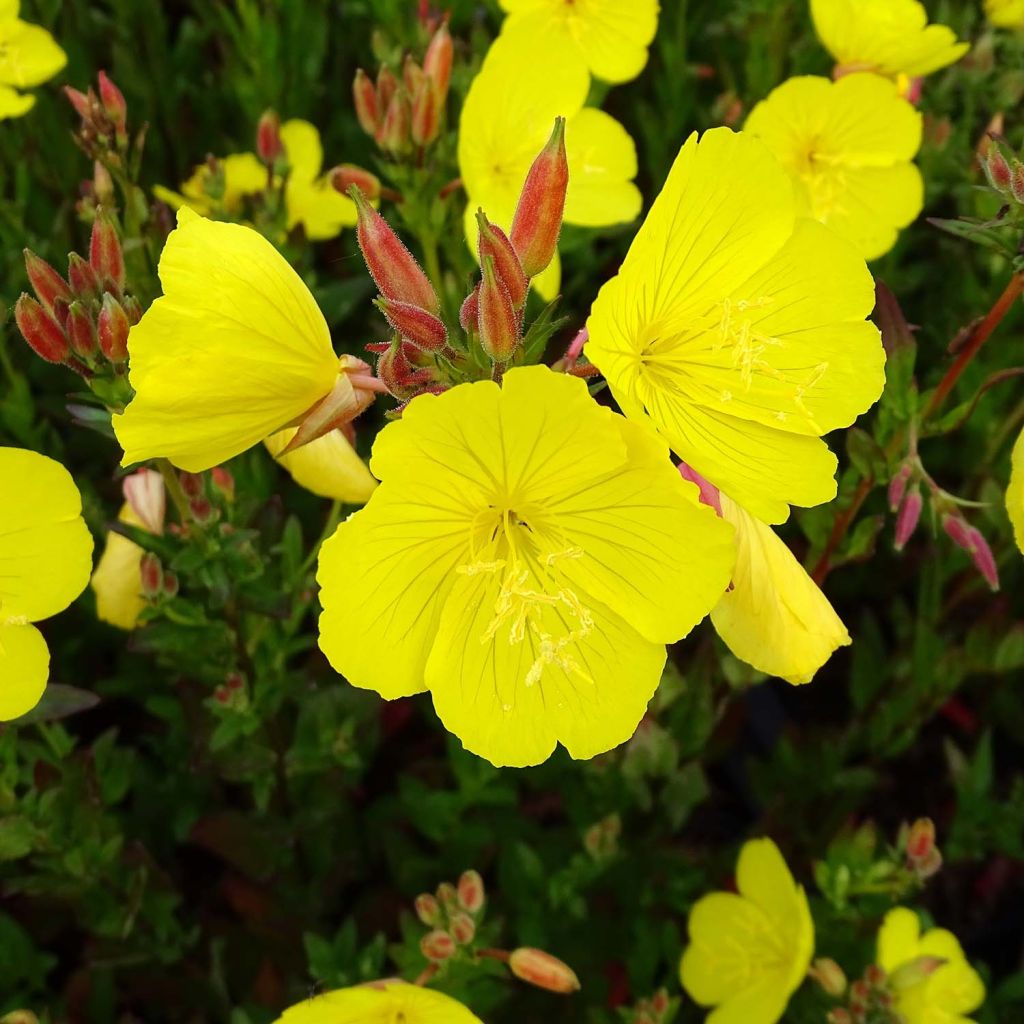

Oenothera fruticosa Hohes Licht - Evening Primrose
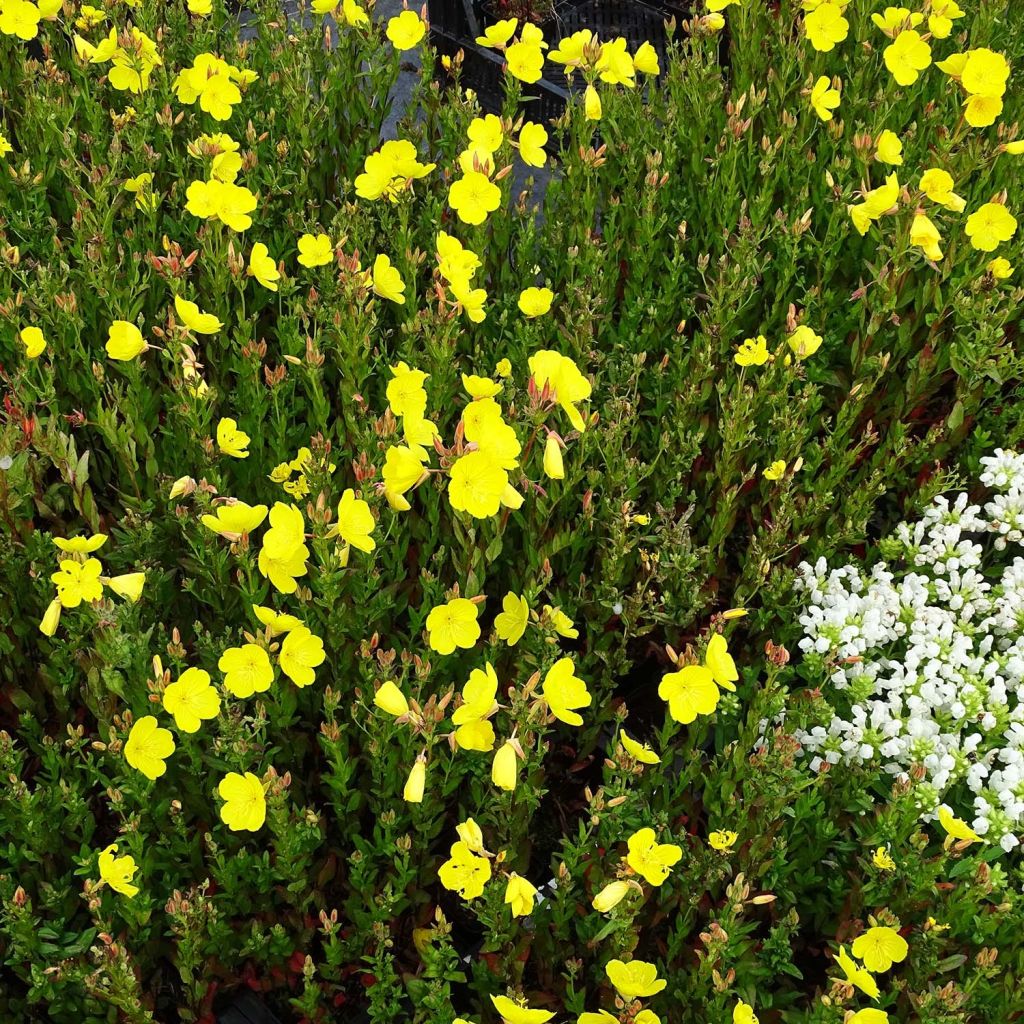

Oenothera fruticosa Hohes Licht - Evening Primrose
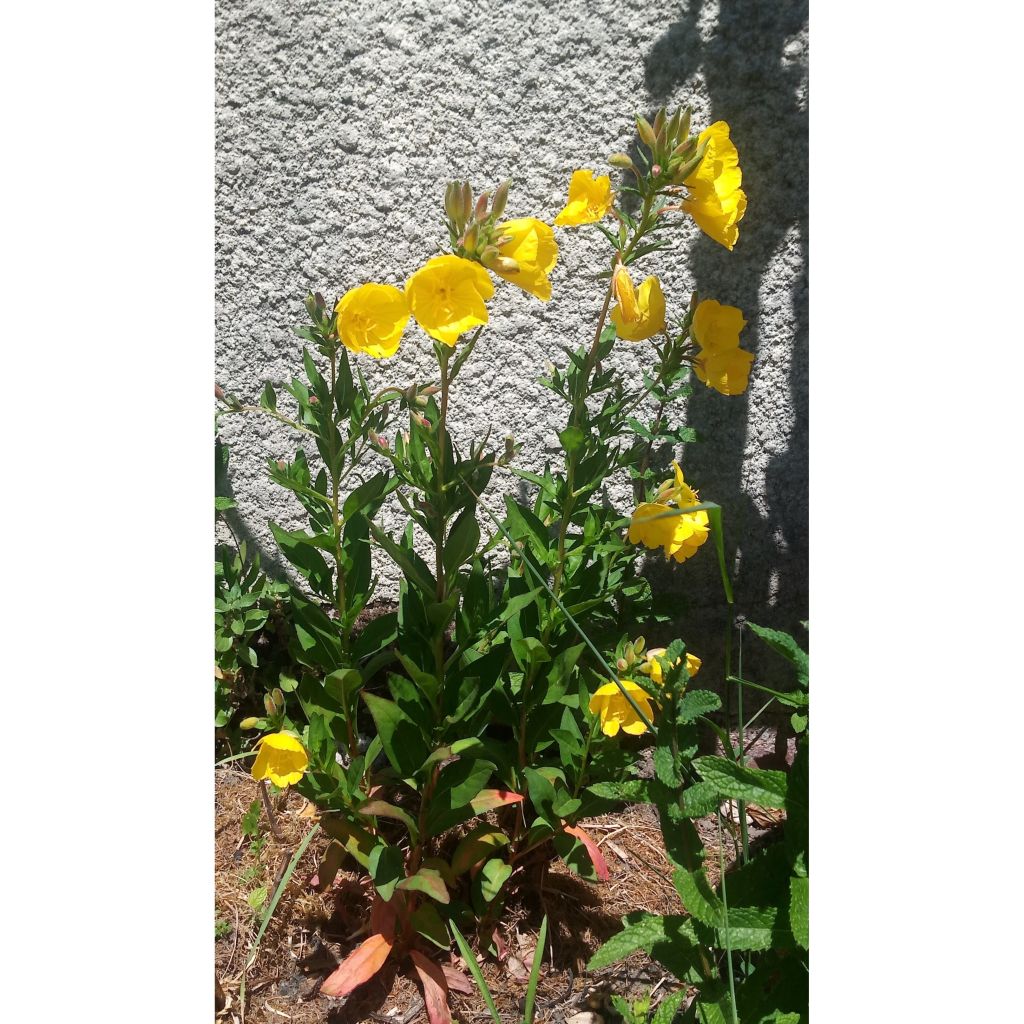

Oenothera fruticosa Hohes Licht - Evening Primrose
Oenothera fruticosa Hohes Licht - Evening Primrose
Oenothera fruticosa Hohes Licht
Narrowleaf Evening Primrose, Sundrops, Southern Sundrops
This item cannot be shipped to the selected country
Delivery charge from €5.90
More information
Schedule delivery date,
and select date in basket
This plant carries a 12 months recovery warranty
More information
We guarantee the quality of our plants for a full growing cycle, and will replace at our expense any plant that fails to recover under normal climatic and planting conditions.
From €5.90 for pickup delivery and €6.90 for home delivery
Express home delivery from €8.90.
Does this plant fit my garden?
Set up your Plantfit profile →
Description
Oenothera fruticosa 'Hohes Licht' is a medium-sized perennial plant, with green foliage carried by red ramified stems and a very long summer flowering with bright yellow cups contrasting with the red flower buds. A sun-loving plant that thrives in ordinary soil, perfectly hardy, it is one of the essential plants for wild gardens and natural gardens!
Oenothera fruticosa or Oenothera linearis, commonly known as Linearleaf Evening Primrose, is a species native to eastern North America and belongs to the Onagraceae family. The variety 'Hohes Licht', formerly known as 'Highlight', is an upright perennial plant that forms a rosette of basal leaves above which rise hairy and ramified stems, tinged with red, carrying narrow leaves measuring 5 to 12cm (2 to 5in) long, ovate and dentate. The particularity of this cultivar comes from its red stems and buds that contrast wonderfully with the intense yellow flowering. This Narrowleaf Evening Primrose reaches a height of 50cm (20in) with a spread of 30cm (12in). From May to September, clusters of flowers, more or less flattened cups, measuring 2 to 5cm (1 to 2in) in diameter, bloom in the sun. The flower buds are red, but once open, the flowers are a splendid silky lemon yellow. The flowers only last for a day but succeed each other without interruption. A pollinator-friendly plant, this Evening Primrose attracts many pollinating insects.
This Evening Primrose is a sun-loving perennial plant that thrives in moderately fertile, well-drained soil. A carefree plant, very undemanding and easy to grow, it will be the perfect host for wild gardens and natural gardens. With its deep green foliage, then bronze, its red stems and flower buds, as well as its long flowering of beautiful bright yellow, it will be perfect in a rockery or bed, on a slope, or even grown in a pot or container on a terrace or balcony. An association with perennial plants with blue flowers will have a beautiful effect. It will be the perfect companion for Agapanthus, Lavenders, Peach-leaved Bellflowers, Blue Thistles, Wood Sage, and Scabious. It can also be paired with shrubs such as Russian Sage, California Lilac, or Rose Mallow.
Report an error about the product description
Oenothera fruticosa Hohes Licht - Evening Primrose in pictures
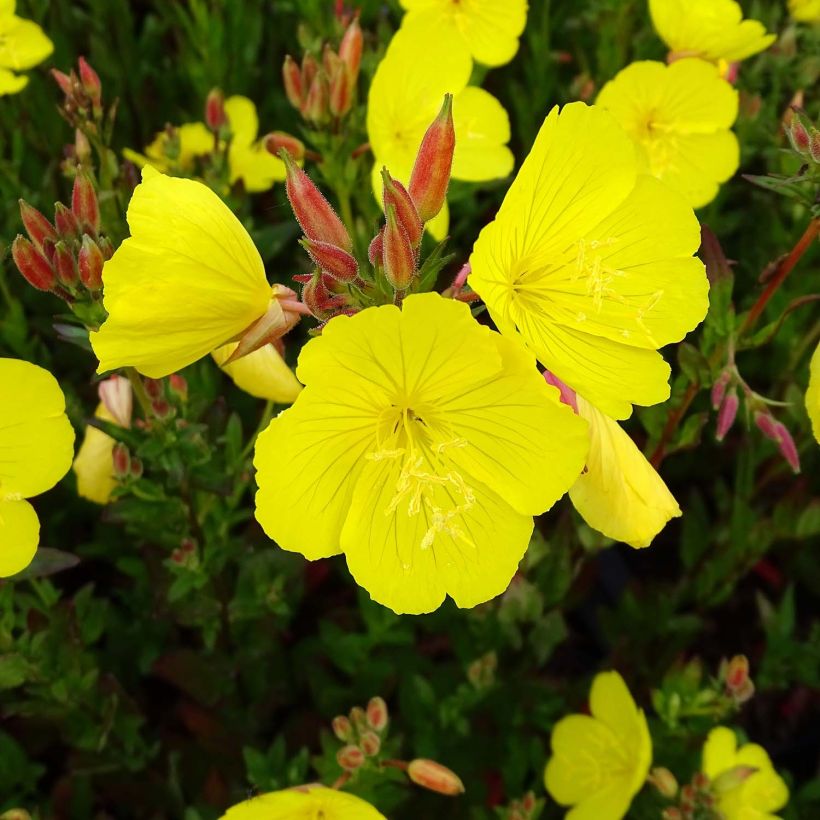

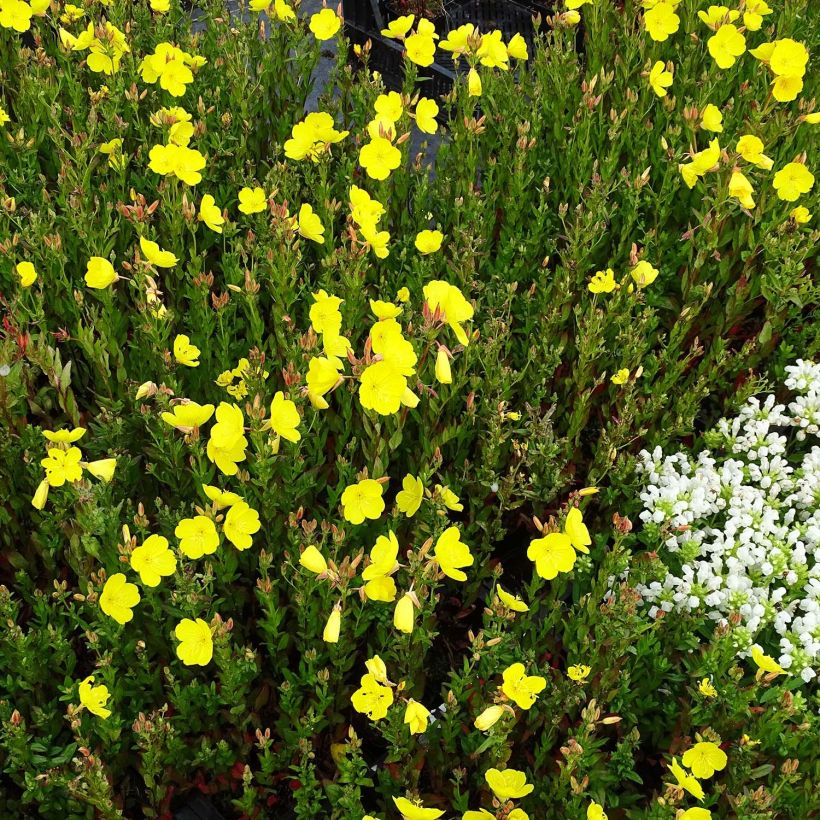

Flowering
Foliage
Plant habit
Botanical data
Oenothera
fruticosa
Hohes Licht
Onagraceae
Narrowleaf Evening Primrose, Sundrops, Southern Sundrops
Cultivar or hybrid
Other Perennials A to Z
Planting and care
Oenothera fruticosa 'Hohes Licht', is a very easy plant, not very demanding, and perfectly hardy. This Evening Primrose appreciates sunny exposures and a moderately rich, well-drained soil, but also adapts to drier soils. Once well established, it tolerates drought quite well. Planting can preferably be done in spring, once spring frost is no longer a concern. It is recommended to divide the clumps every three years to keep the plants always floriferous. Low maintenance, it will be sufficient to remove faded flowers as they appear to prolong the flowering and cut back the clump to ground level in October or November. Very resistant to diseases, Evening Primroses, however, do not tolerate excessive moisture and show signs of root rot in heavy and damp soil. In the case of heavy and poorly drained soil, it will be necessary, during planting, to ensure improved drainage by lightening the substrate with coarse sand and compost.
Planting period
Intended location
Care
-
, onOrder confirmed
Reply from on Promesse de fleurs
Summer flowering perennials
Haven't found what you were looking for?
Hardiness is the lowest winter temperature a plant can endure without suffering serious damage or even dying. However, hardiness is affected by location (a sheltered area, such as a patio), protection (winter cover) and soil type (hardiness is improved by well-drained soil).

Photo Sharing Terms & Conditions
In order to encourage gardeners to interact and share their experiences, Promesse de fleurs offers various media enabling content to be uploaded onto its Site - in particular via the ‘Photo sharing’ module.
The User agrees to refrain from:
- Posting any content that is illegal, prejudicial, insulting, racist, inciteful to hatred, revisionist, contrary to public decency, that infringes on privacy or on the privacy rights of third parties, in particular the publicity rights of persons and goods, intellectual property rights, or the right to privacy.
- Submitting content on behalf of a third party;
- Impersonate the identity of a third party and/or publish any personal information about a third party;
In general, the User undertakes to refrain from any unethical behaviour.
All Content (in particular text, comments, files, images, photos, videos, creative works, etc.), which may be subject to property or intellectual property rights, image or other private rights, shall remain the property of the User, subject to the limited rights granted by the terms of the licence granted by Promesse de fleurs as stated below. Users are at liberty to publish or not to publish such Content on the Site, notably via the ‘Photo Sharing’ facility, and accept that this Content shall be made public and freely accessible, notably on the Internet.
Users further acknowledge, undertake to have ,and guarantee that they hold all necessary rights and permissions to publish such material on the Site, in particular with regard to the legislation in force pertaining to any privacy, property, intellectual property, image, or contractual rights, or rights of any other nature. By publishing such Content on the Site, Users acknowledge accepting full liability as publishers of the Content within the meaning of the law, and grant Promesse de fleurs, free of charge, an inclusive, worldwide licence for the said Content for the entire duration of its publication, including all reproduction, representation, up/downloading, displaying, performing, transmission, and storage rights.
Users also grant permission for their name to be linked to the Content and accept that this link may not always be made available.
By engaging in posting material, Users consent to their Content becoming automatically accessible on the Internet, in particular on other sites and/or blogs and/or web pages of the Promesse de fleurs site, including in particular social pages and the Promesse de fleurs catalogue.
Users may secure the removal of entrusted content free of charge by issuing a simple request via our contact form.
The flowering period indicated on our website applies to countries and regions located in USDA zone 8 (France, the United Kingdom, Ireland, the Netherlands, etc.)
It will vary according to where you live:
- In zones 9 to 10 (Italy, Spain, Greece, etc.), flowering will occur about 2 to 4 weeks earlier.
- In zones 6 to 7 (Germany, Poland, Slovenia, and lower mountainous regions), flowering will be delayed by 2 to 3 weeks.
- In zone 5 (Central Europe, Scandinavia), blooming will be delayed by 3 to 5 weeks.
In temperate climates, pruning of spring-flowering shrubs (forsythia, spireas, etc.) should be done just after flowering.
Pruning of summer-flowering shrubs (Indian Lilac, Perovskia, etc.) can be done in winter or spring.
In cold regions as well as with frost-sensitive plants, avoid pruning too early when severe frosts may still occur.
The planting period indicated on our website applies to countries and regions located in USDA zone 8 (France, United Kingdom, Ireland, Netherlands).
It will vary according to where you live:
- In Mediterranean zones (Marseille, Madrid, Milan, etc.), autumn and winter are the best planting periods.
- In continental zones (Strasbourg, Munich, Vienna, etc.), delay planting by 2 to 3 weeks in spring and bring it forward by 2 to 4 weeks in autumn.
- In mountainous regions (the Alps, Pyrenees, Carpathians, etc.), it is best to plant in late spring (May-June) or late summer (August-September).
The harvesting period indicated on our website applies to countries and regions in USDA zone 8 (France, England, Ireland, the Netherlands).
In colder areas (Scandinavia, Poland, Austria...) fruit and vegetable harvests are likely to be delayed by 3-4 weeks.
In warmer areas (Italy, Spain, Greece, etc.), harvesting will probably take place earlier, depending on weather conditions.
The sowing periods indicated on our website apply to countries and regions within USDA Zone 8 (France, UK, Ireland, Netherlands).
In colder areas (Scandinavia, Poland, Austria...), delay any outdoor sowing by 3-4 weeks, or sow under glass.
In warmer climes (Italy, Spain, Greece, etc.), bring outdoor sowing forward by a few weeks.


































